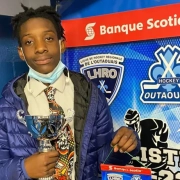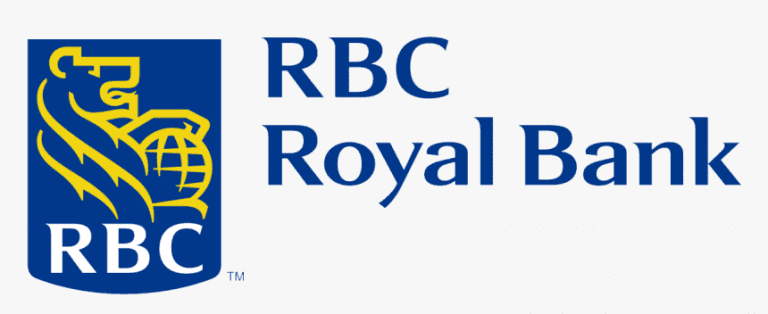Russia had decided to invade Ukraine on February 24/2022, which created a cascade of tragedy and suffering for its citizens. This also created a lot of fear and uncertainty in the EU as a whole, since many leaders are left wondering if their country will also face Russia’s tyranny. This blog post however touches on the African students left stranded in Ukraine, who had decided to leverage the power that social media can offer to them.
Ukraine is a popular destination for African students who wish to further their education. It’s estimated that they accounted for nearly a quarter of the 76000 foreign students at the start of 2022. While many had the chance to flee, some chose to stay behind to help others also flee, perhaps due to an inner sense of duty to help their fellow man. Tolulope Osho, 31, reached the polish border a day after the Russian invasion of Ukraine, but he bravely decided to go back and help others. “I have friends, If by leaving my valuables, I can save more lives, then I’m doing it. Life is more important.” Other brave souls like Osho, who’s from Nigeria, has decided to help shelter people in underground bunkers, and drive them to borders. He and a friend have aided over 200 people, and covered their ticket costs and other necessities through fundraiser.
One common theme with these situations is that many people are leveraging social media platforms like Instagram, Facebook, and Twitter to raise awareness, and gather support. Axel, a 20 year old studying computer science in Kyiv Ukraine, mentioned waiting in the cold for hours outside to catch a train, just because the color of his skin. And the maltreatment didn’t stop at the border, as he was met with further abuse, and exploitation at the border to exploit these desperate people. Once these cries for help on social media were noticed, many sprung into action in order to help these venerable people in any way they could. The Global Black Coalition, a collective of activists, had helped more than 700 African students flee by offering legal aid, coordinating food drops, placing people in shelters, and providing blankets, warm clothes, cellphones, and computers. A handful of Black Coalition members had flown to Europe to support African refugees, to negotiate with governments in the EU, like Poland, about extending student visas, and also providing moral support. John Adeyefa, President of ACAO, and Gwen Madiba, ACAO’s program coordinator were in Paris to meet with a few dozen families fleeing Ukraine.
“I think this is the first time in history that Black-led charities, not-for-profits, organizations are joining forces under one roof as one people to support our people, to let them know they are not alone and that they have a family, a support network across the world. It’s important to have a movement that understands the needs of our people and speaks the language they understand, not just in dialects but in experience.”
– Gwen Madiba, Program Coordinator, African Canadian Association of Ottawa.











